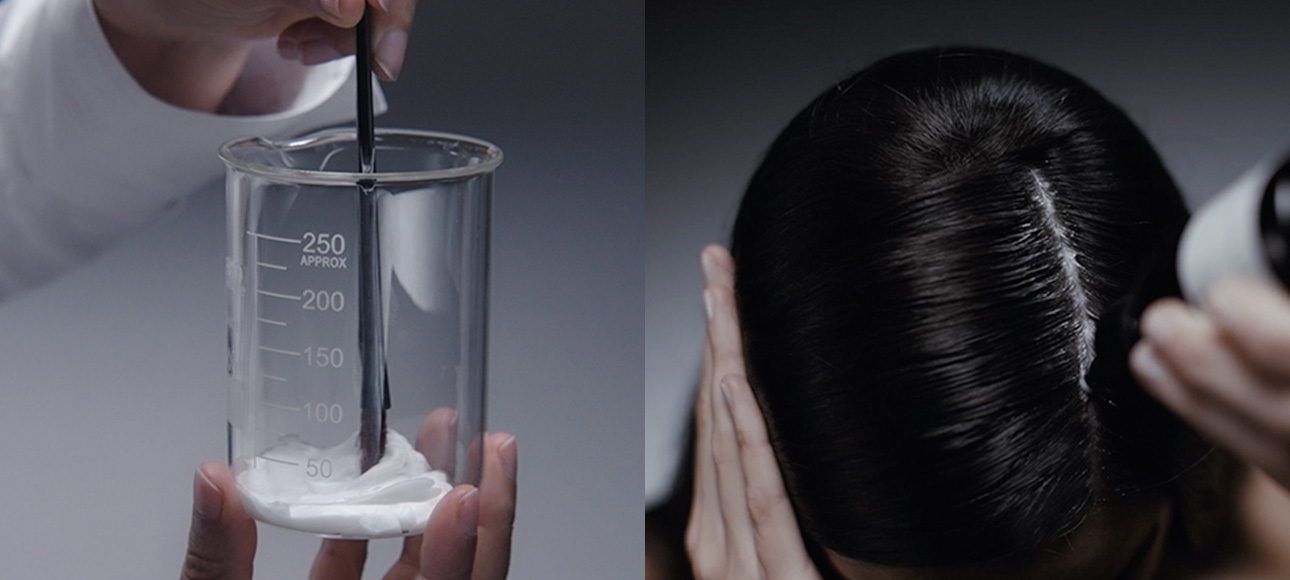
Scalp health has never been more talked about. Once an afterthought, it’s now front and centre of the hair care conversation, and more and more people are finally understanding that the health of our follicles determines everything from hair growth and density to shine and strength.
But while hydration, pH balance and microbiome maintenance have made their way into mainstream routines, exfoliation remains a step that’s often skipped, and according to Ricardo Vila Nova, that’s a mistake.
“Your scalp is an extension of your skin. Just like the skin on your face and body, it needs to be regularly cleansed and supported so it can function well, and exfoliation plays a big role in that,” says Vila Nova.
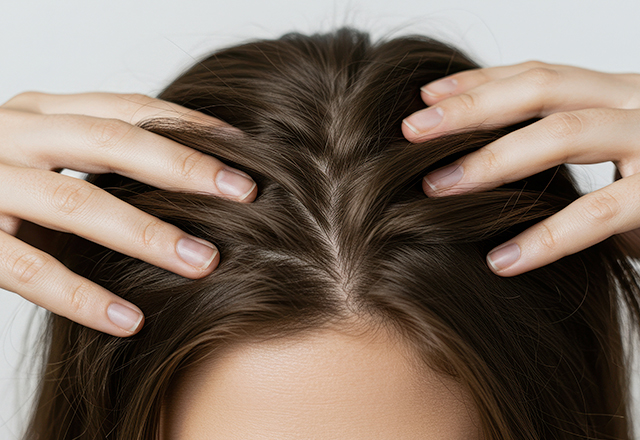
Why does the scalp need exfoliation?
It can often take a while for changes to be seen at skin level, but when products, dirt, debris and excess oil build up around the follicle, functions start to slow down. Oxygen and nutrients can’t reach the root as easily, and the result? Hair that’s no longer growing as it should.
“Picture trying to grow something in dry compacted soil,” says Vila Nova. “Your seed might sprout, but it won’t thrive. That’s what happens when the follicle is suffocated, the hair weakens, gets finer, and gradually, you lose density. It doesn’t happen overnight, but you do start to notice the difference.”
A congested scalp doesn’t just affect growth. It can also trigger flare-ups of inflammation, aggravate existing conditions like seborrheic dermatitis, and leave the skin red, itchy or sore.
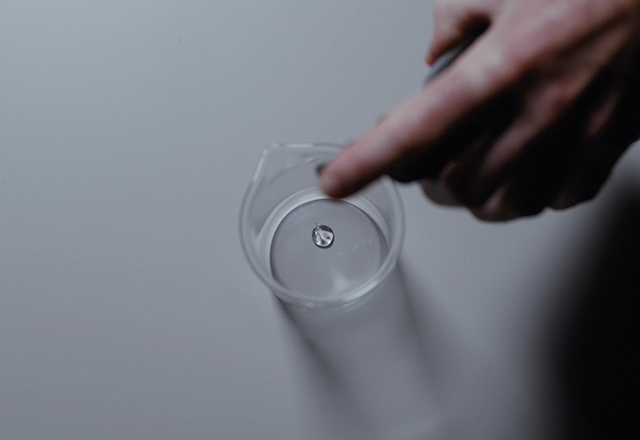
Chemical vs mechanical
There are two main ways to exfoliate: chemically, or physically. And how you do it matters, especially when it comes to your scalp.
Chemical exfoliants use acids like salicylic, glycolic or lactic to dissolve the glue that holds dead cells together. Physical methods – think scrubs, grains, and brushes – rely on friction, and the harshest of these, can easily tip things in the wrong direction. “Scrubbing too hard can break the skin, disrupt the barrier, and cause more inflammation, which undermines everything you’re trying to fix,” explains Vila Nova.
This makes chemical exfoliants the wiser choice for your scalp. “They work gently, at a microscopic level, and don’t rely on scrubbing or abrasion to get results. That’s important when you’re dealing with sensitivity, inflammation or hair thinning, which many people are,” adds Vila Nova.
Still, not all physical techniques are out. A soft silicone brush used gently can actually help boost blood flow and enhance product penetration, especially when used alongside an exfoliating or clarifying product.
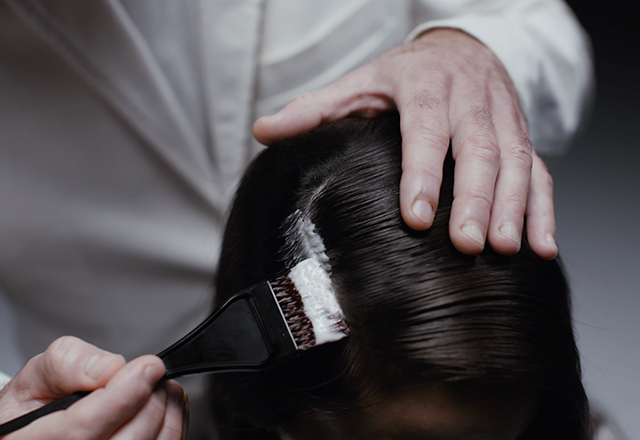
How to include scalp exfoliation in your routine
Just like with the skin on your face, consistency matters, but so does restraint. Exfoliate too often and you risk upsetting the scalp’s barrier, leaving it dry or reactive. For most people Vila Nova shares that once a week is enough.
And in terms of actives. If your scalp tends to get oily or feel greasy between washes, salicylic acid is your friend as it cuts through sebum easily. While, if dryness or sensitivity is more your issue, lactic acid is a better fit as it hydrates while it exfoliates.
“Whatever you choose, make sure the formula balances exfoliating ingredients with calming, moisturising ones,” says Vila Nova. “It shouldn’t leave your scalp feeling stripped.”
You’ll get the most out of exfoliation when it’s done before shampooing. Apply the product directly to the scalp, let it sit for the suggested time, then wash with a gentle, sulphate-free shampoo and follow with a conditioner or treatment mask.
“For more stubborn buildup or if you’re dealing with scalp conditions, we often recommend a deeper in-clinic exfoliation once a month,” adds Vila Nova. “At 212.2, we use tailored protocols that combine cellular analysis with precision exfoliation to reset the scalp environment at a deeper level. It’s an intensive refresh that supports everything you’re doing at home.”
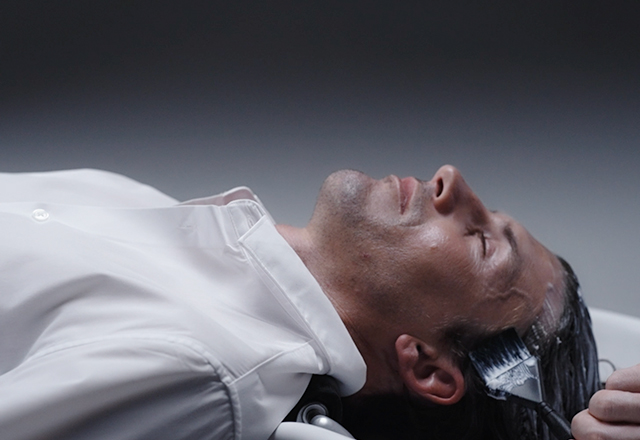
More than a trend
Exfoliation isn’t a passing fad or a step reserved for problem scalps, it’s a cornerstone of an optimised haircare routine.
“If people looked after their scalps the way they do their faces, we’d see a big difference in their hair health. Cue less inflammation, better growth and stronger, denser hair overall,” says Vila Nova. “It’s not about layering on more steps. Just the right ones.”
To discover more about the health of your scalp, book in for a consultation using the link below.


